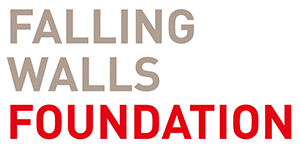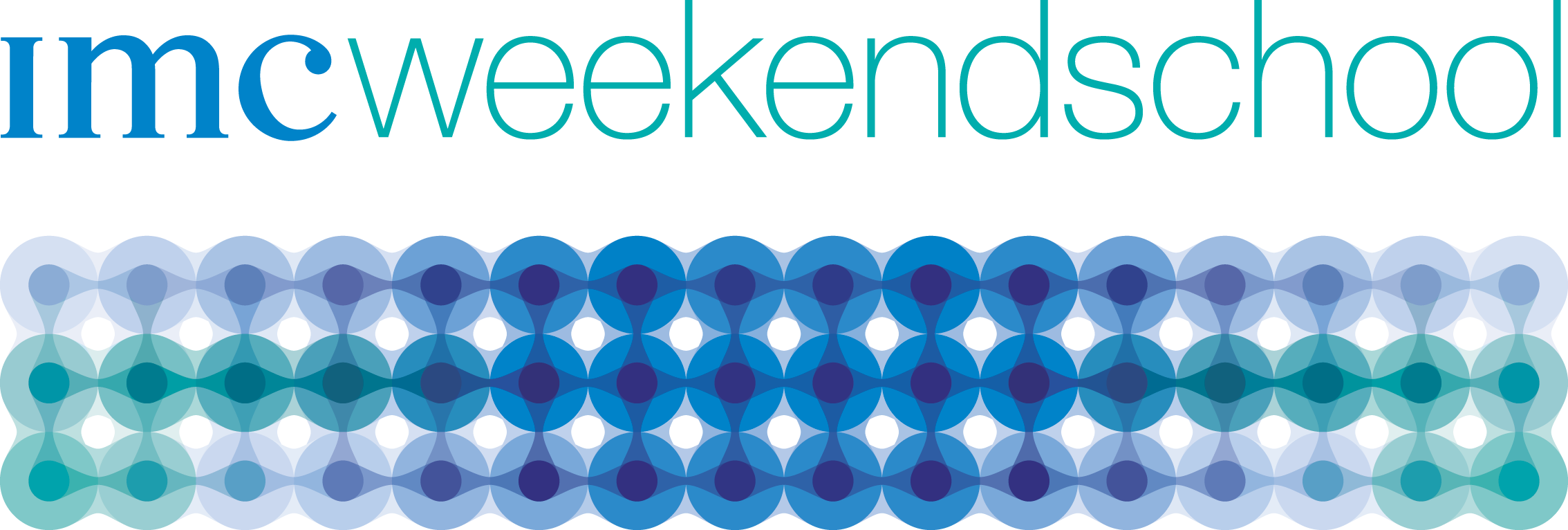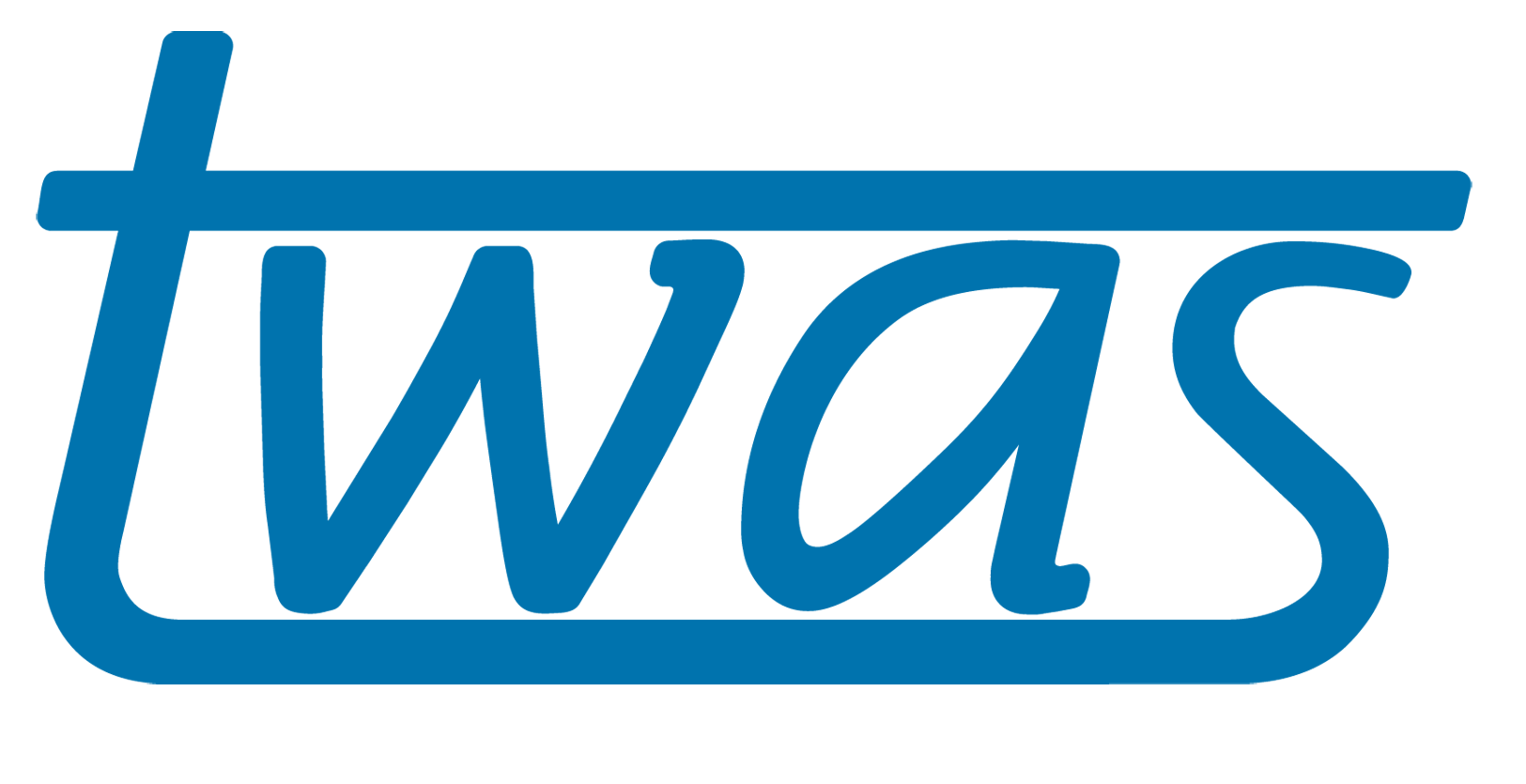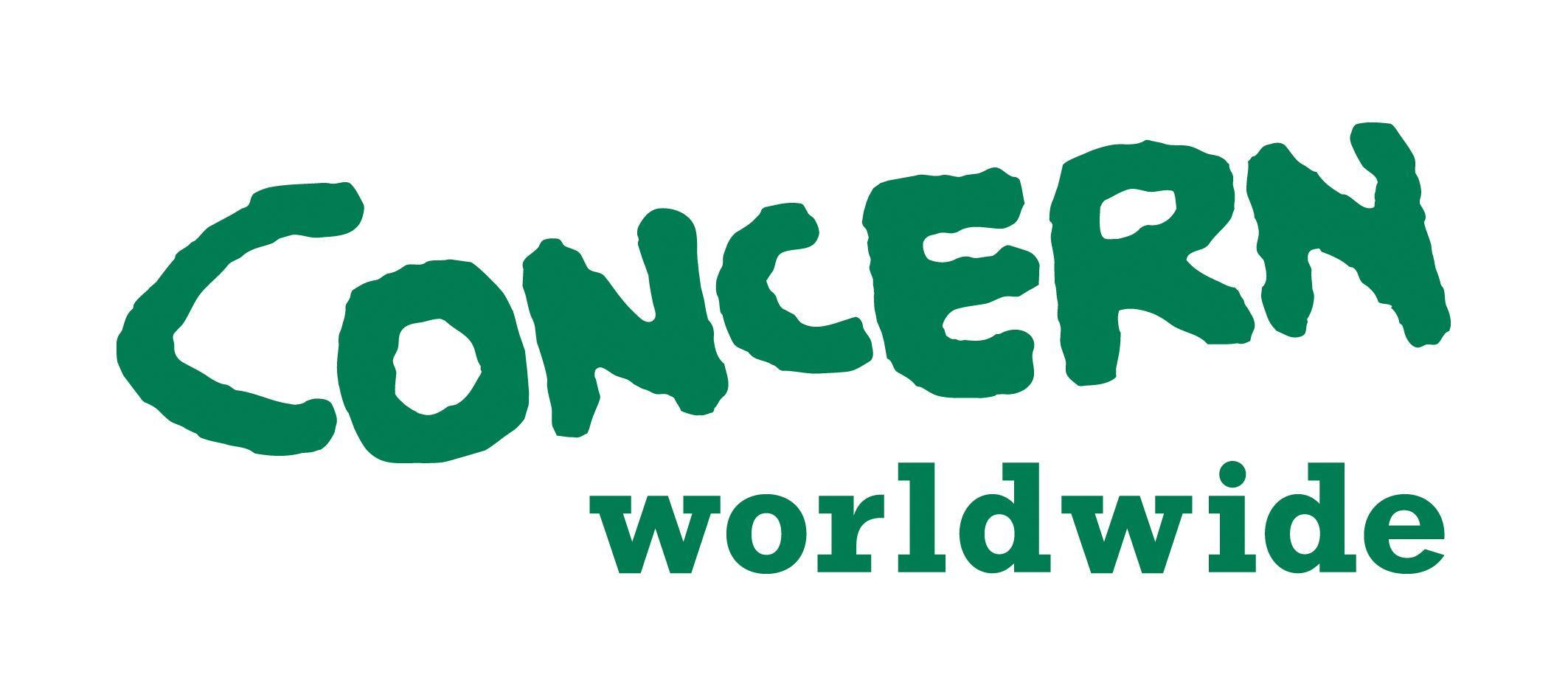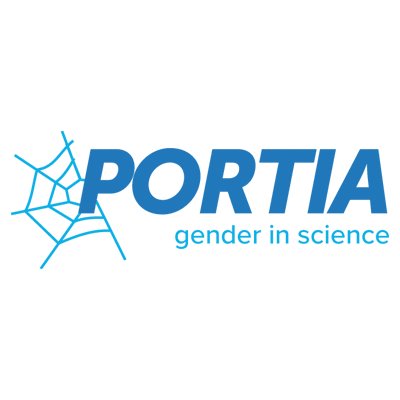GSCC 5th anniversary – Interviews with past winners series (2) : Dr. Dênis Pires de Lima
Categories: NEWS, INCLUSIVE RESEARCH
Tags: SDG13, SDG3, GSCC, GSCC-PW
We believe that chemistry plays a critical role in developing a sustainable future. Chemists have a special responsibility to develop those new products, resources and processes to make that happen. The Elsevier Foundation-ISC3 Green & Sustainable Chemistry Challenge seeks to stimulate innovative chemistry research that helps the environment and low-resource communities in emerging and developing countries. In November 2020, we’ll celebrate the 5th edition of the Challenge during the Green and Sustainable Chemistry Conference. To celebrate the milestone, we’re talking to past winners about what the prize meant to them, new developments in their research and plans for the future.
In 2017, Dr. Dênis Pires de Lima from the Federal University of Mato Grosso do Sul, Brazil, was awarded the first prize of € 50,000 for his project “From Cashews to castor oil, combating mosquito-borne diseases.” Dr. Pires de Lima and his team’s project promoted the use of natural waste from locally sourced cashew nuts and castor oil, to produce environmentally friendly insecticides against mosquitoes carrying Zika and Dengue fever — a sustainable alternative to conventional, substantially toxic insecticides.
“The problem of diseases carried by mosquitoes is a result of an ecological imbalance in Brazil and many times the best solution will come from nature itself. My prize will provide visibility to a simple and scaleable project which help improve the quality of life for millions of people in Brazil fighting zika,” said Dr. Pires de Lima at the award ceremony.
“Re-using waste from the cashew nut industry, as in Dr. Pires de Lima’s project, is a brilliant example of broad applicability as waste management is an issue in the vast majority of fields. It’s its applicability in different contexts, and the potential to benefit society in its entirety, that makes the project so important. It set an example for other developing as well as developed countries on how to approach local problems, and still propose global solutions,” said Professor Dr. Klaus Kuemmerer from Leuphana University Lueneburg, chair of the challenge’s scientific jury.
Three years later, we interviewed Dr. about his experience as a winner of the Green Sustainable Chemistry Challenge, as well as the upcoming steps for his winning project.
Can you talk about the objectives you had set for your project?
I have three objectives listed for my project: (i) Preparing green surfactants to combat mosquito-borne diseases; (ii) Evaluating the toxicity of the products and; (iii) Adding value to the productive chain of cashew nuts and castor oil.
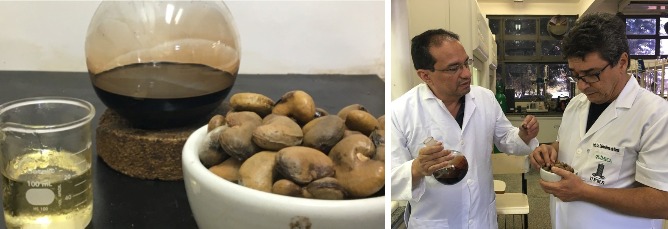
Right: Professor Adilson Beatriz holding a round-bottom flask containing CNSL oil (left) and Professor Dênis P. de Lima holding a mortar containing cashew nut seeds (right) at SINTMOL Laboratory-INQUI-UFMS-Brazil. Right: Pure cardanol (CNLS component) on the left, Extracted CNSL oil at the center and Cashew nut seeds on the right.
How many of them did you achieve so far?
I was able to conduct the preparation of all targeted products, evaluate their toxicity and genotoxicity, as well as publish a number of articles dealing the subject. It was important for our project to evaluate the potential health implications of our products, as well as ensuring that our products positively contributed to the production chain of cashew nuts and castor oil.
That’s impressive! Did you encounter any challenge in relation to the objectives you set?
Unfortunately, yes. We suffered greatly from a lack of governmental support and recognition to make the products available to population, as well as a lack of additional financial support to buy new equipment. We are also currently facing difficulties in attracting entrepreneurs to further boost our research. While winning the prize allowed us to get recognition for our work, we are still facing challenges to promote it further and attract investors from both the public and private sectors.
What is next for your project?
My team and I are now planning on using cashew nut constituents to prepare new bioactive products, as well as working on a large-scale production of bio-surfuctant. For this purpose, we will need to work on persuading government officials to use the products in the communities, as well as continue doing research in order to test environmental impact of the products.
Have you also started working on other projects in the meantime?
Yes, although these projects are still at their early phases. We have started working on designing new proposals to request funding from national and international agencies to investigate the use of CNSL components in the search for new molecular entities and/or drug prototypes. We could use them as antiviral bodies or drugs to block the proliferation of different viruses, such as the SARS-CoV-2. Thanks to the winning prize of the Green & Sustainable Chemistry Challenge, we are now able to continue research and explore new uses of derivative components extracted from both castor oil and cashew nuts.
What does the GSCC award mean for your career?
I could say that GSCC was the most important award of my career, increasing notably the visibility of the subject of sustainability and green chemistry. Additionally, it allowed to keep scientific projects running with financial support that I do not have from Research agencies in Brazil.
And finally, what does the award mean for your career?
The Challenge was the most important award of my career. It notably increased the visibility of the subject of sustainability and green chemistry in my community. The funds also allowed us to keep the scientific projects running, with financial support that I do not have from research agencies in Brazil.
Interested in Dr. Pires’ work? Browse his publications on the project:
- Manda, B. R., Prasad, A. N., Thatikonda, N. R., Lacerda Jr, V., Barbosa, L. R., Santos, H., … & Marques, M. R. (2018). Synthesis, Antibacterial and Antitubercular Evaluation of Cardanol and Glycerol-Based β-Amino Alcohol Derivatives. Journal of the Brazilian Chemical Society, 29(3), 639-648.
- Vani, J. M., Monreal, M. T. F. D., Auharek, S. A., Cunha-Laura, A. L., de Arruda, E. J., Lima, A. R., … & Oliveira, R. J. (2018). The mixture of cashew nut shell liquid and castor oil results in an efficient larvicide against Aedes aegypti that does not alter embryo-fetal development, reproductive performance or DNA integrity. PloS one, 13(3), 1-21.
- Navarro, S. D., Pessatto, L. R., Meza, A., de Oliveira, E. J. T., Auharek, S. A., Vilela, L. C., … & da Silva Gomes, R. (2018). Resorcinolic lipid 3-heptyl-3, 4, 6-trimethoxy-3H-isobenzofuran-1-one is a strategy for melanoma treatment. Life sciences, 209, 300-312.
- de Lima, D. P., Reddy, T. N., Beatriz, A., da Silva Lopes, R., Marques, M. R., dos Santos, E. D. A., … & Weber, S. S. (2018). Design, synthesis and Structure-Activity Relationship of novel Phenolic based Pyrimidine hybrids from Cashew Nut Shell Liquid (CNSL) components as potential antitumor agents. Chemical Biology Letters, 5(2), 41-54.







